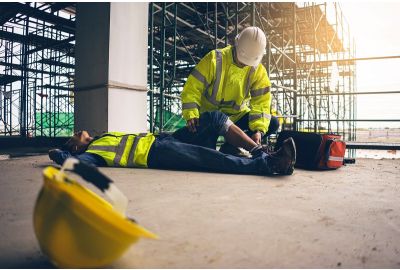Construction sites can be dangerous, especially if the proper health and safety measures are not followed correctly. Whether working with dangerous equipment or at height, construction site accidents are not uncommon. As a result, proactive measures are a must. This guide presents tips and advice on reducing the risk of constriction injuries, helping you create a safe working environment.
Understanding the risks
The Health and Safety Executive (HSE) reported 45 workplace fatalities in the construction sector during 2022/23 alone. These numbers underscore the urgent need for robust safety measures on every construction site.
Depending on your particular job, there are a number of hazards for those working on a construction site, including:
- Falls from heights: Scaffolding and roof work can expose workers to significant drops.
- Electrical hazards: Exposed wires, faulty equipment, and improper use can result in electrocution.
- Machinery incidents: Injuries can occur if machinery like forklifts and cranes are operated incorrectly or improperly maintained.
- Unstable structures: Unstable structures pose serious risks of entanglement and crushing.
- Exposure to harmful substances: Chemicals, dust, and fumes can trigger respiratory problems, skin irritation, and long-term health issues.
Areas of the site with heavy foot traffic can also pose dangers, especially in wet or wintery weather conditions. Risks can be mitigated, however, by using the correct temporary protection, such as external ground protection.
Recognising potential risks such as these is vital to mitigate them effectively. It is, therefore, important that workers remain vigilant and aware so that they can actively avoid accidents on a building site and contribute to a safer workplace.
Personal Protective Equipment (PPE)
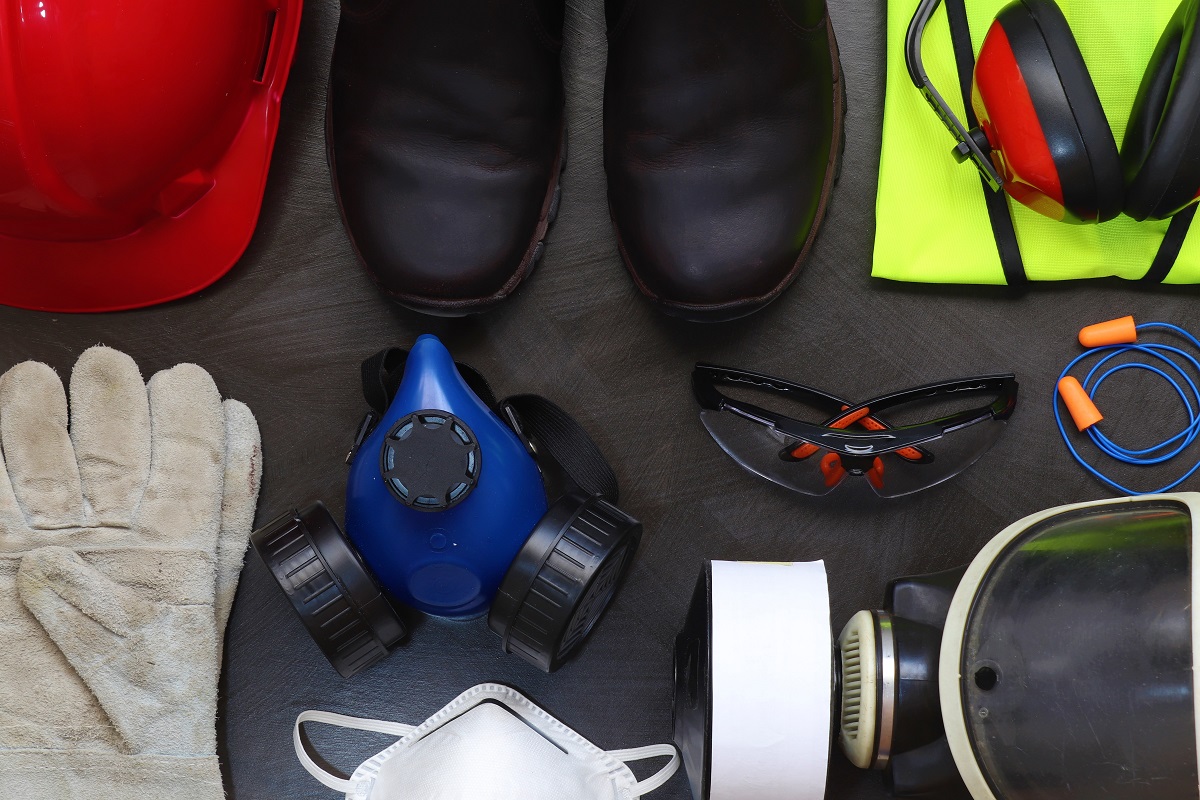
PPE, or ‘Personal Protective Equipment’, is an essential part of safety on a construction site, contributing immensely to injury prevention. Numerous types of PPE are aimed at protecting different body parts in varying situations.
- Hard hats: These are colour-coded and shield a worker’s head from falling objects and debris.
- Safety boots: These can protect feet from punctures, sprains, and crushing-type injuries.
- High-visibility clothing: This allows a person to be easily spotted in low-light conditions.
- Gloves: Protective gloves help guard hands from cuts, abrasions, and chemicals.
- Eye and ear protection: When working around dust, loud noises, and flying particles, goggles and ear defenders are vital.
PPE isn’t just recommended but a legal requirement, as per the Personal Protective Equipment at Work PPE Regulations 2022 (originally enacted in 1992). Therefore, management and employers should ensure that all workers have the correct PPE for their role and that the equipment fits properly.
READ ALSO: PPE requirements on a construction site
Risk assessments
To make your construction site as safe as possible and reduce the risk of injury, it's important to conduct thorough risk assessments before any new building project begins.
There are two main types of risk assessment: a general assessment of the construction site as a whole and a special assessment of specific hazards, such as working at height.
A well-carried-out risk assessment will allow you to:
- Identify potential hazards: Assess every aspect of the project, from materials and processes to weather conditions and subcontractor operations. Think about the tasks involved, the key health hazards, and who might be impacted.
- Evaluate the risks: Assign a severity and likelihood rating to each identified hazard, prioritising the most critical ones.
- Implement control measures: Develop a plan to reduce identified risks, involving workers in managing the risks and using methods like engineering controls, administrative controls, and personal protective equipment.
Your risk assessment must be documented in a clear and accessible format so that everyone involved understands the potential dangers and the prevention strategies. Organisations like the HSE have resources available to help with this process.
Health and safety training
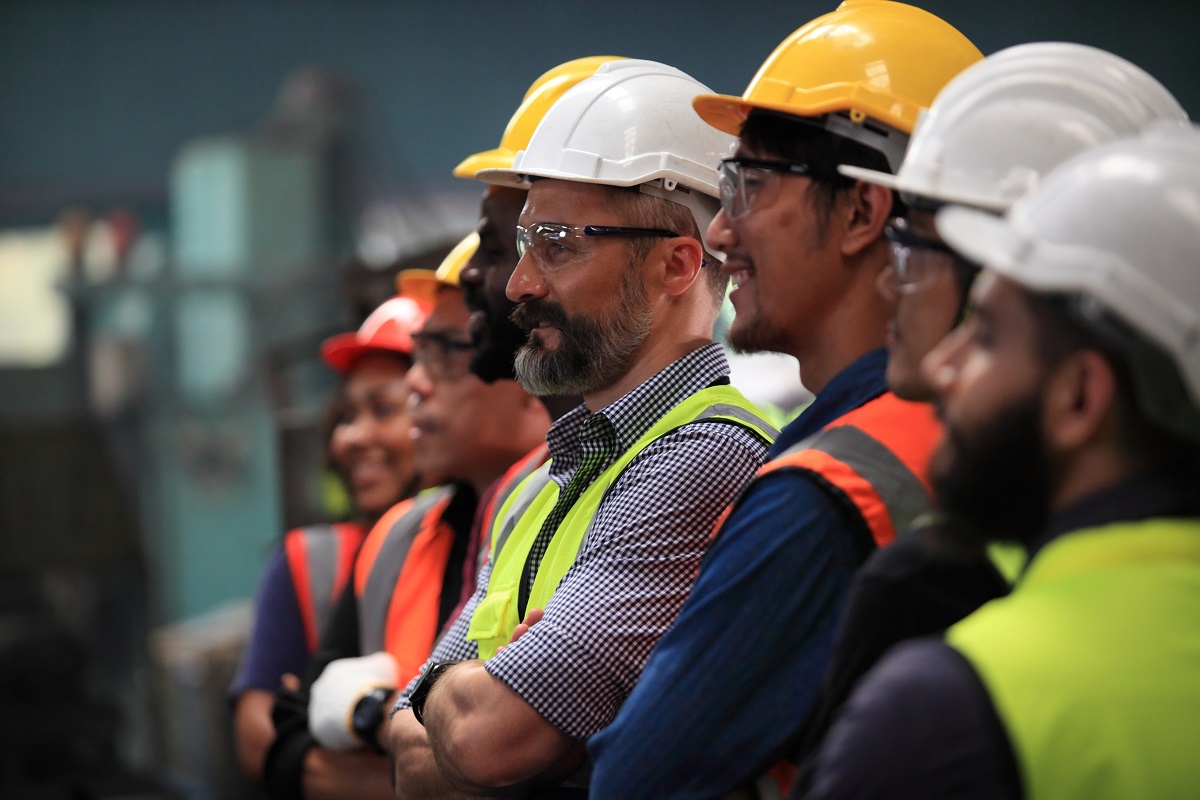
All construction workers should receive the proper training to reduce the risk of injury and create a safe working environment. It doesn’t matter what your level of experience is; everyone should receive the following training:
- General safety awareness: This should cover emergency procedures, the importance of using PPE, and basic hazard identification.
- Job-specific risks: Specific training is needed for different job roles and tasks, such as working at height, operating heavy machinery, and handling hazardous materials.
- First aid and emergency response: Training is necessary to equip workers to respond effectively to accidents and injuries.
There are a number of accredited training programs and courses aimed at improving safety on a construction site. For example, the National Construction College (NCC) deliver accredited courses and is one of the largest providers of the Site Safety Plus Scheme training.
There is also the HS&E test, a training course accredited by the Construction Industry Training Board (CITB) to help construction workers prove their competency in health and safety areas.
READ ALSO: The HS&E test explained
Site management and supervision
Effective site management and supervision play a key role in preventing accidents on a construction site. Leaders on the site should all prioritise the safety of those working on the construction site.
Those in site management roles should also make efforts to ensure:
- Clear communication and coordination are present among staff to address concerns and promote site safety.
- Regular safety briefings are taking place to promote best practices.
- Management leads by example, following safety protocols and always exhibiting safe behaviour.
If safety information and protocols are communicated clearly, and management fosters a culture of safety, even challenging projects can be completed without compromising workers' health.
Emergency Preparedness
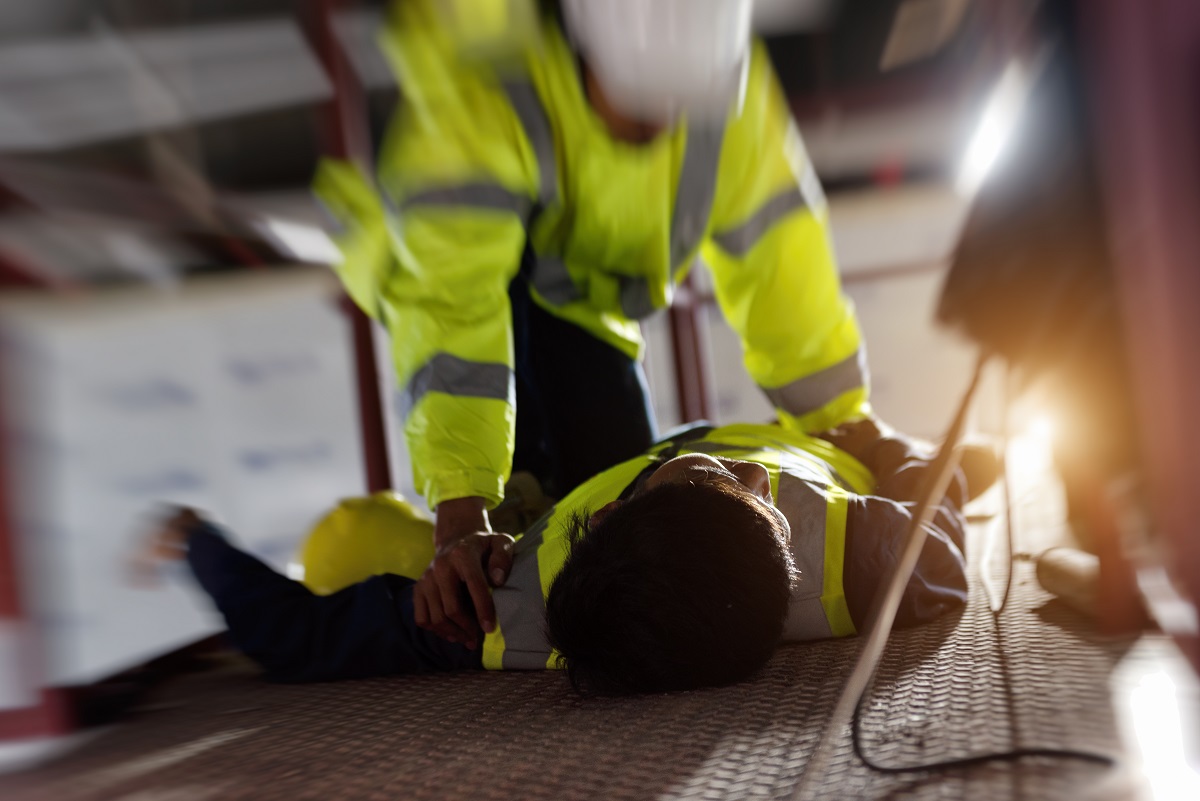
In the case of an emergency, there should be appropriate response plans in place. The most serious injuries can occur when an incident isn’t responded to properly.
For an emergency response to be effective, all workers must be familiar with the procedures. This will allow them to respond quickly and effectively. Regular drills and training can help facilitate this.
Ensuring first aid stations are located at appropriate points across the construction site will also allow for proper emergency response. As will the availability of fully trained first aiders.
READ ALSO: Construction safety signs and their meaning
Compliance with regulations
The construction industry has a number of strict regulations aimed at enforcing site safety. One of the essential steps to prevent injuries is to follow these regulations, which employers and workers are legally obliged to comply with.
Construction safety regulations in the UK include:
Health and Safety at Work Act: This is the primary legislation covering occupational health and safety in Great Britain. It sets out the responsibilities of employers to employees and the public and the duties of employees to themselves and others.
Construction (Design and Management) Regulations: This law outlines the specific requirements of a construction project from concept to completion, “ensuring projects are carried out in a way that secures health and safety”.
Regular Inspections and Maintenance
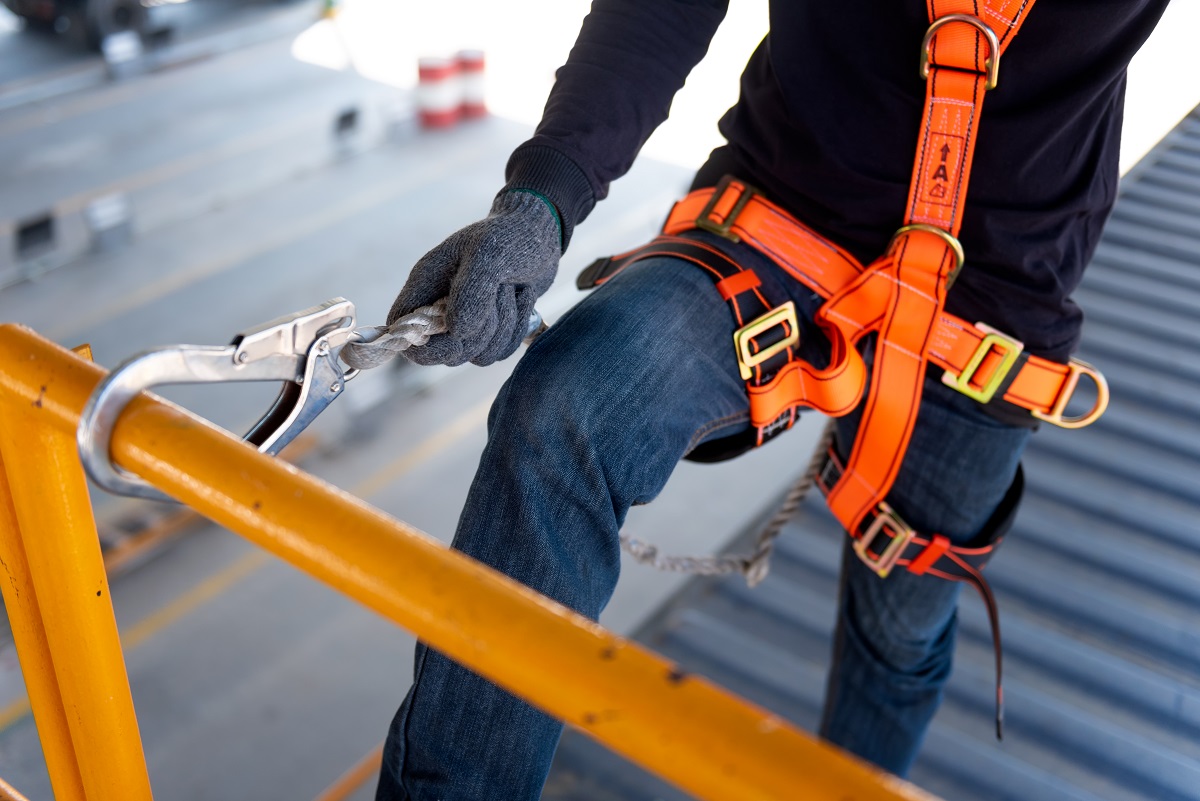
Regular inspections and maintenance should occur to ensure workers' continued safety on a construction site.
Some of the things that you should establish a routine inspection of include:
- Tools and equipment: Check for wear and tear, damage, and malfunctioning parts.
- Scaffolding and temporary structures: Inspect for instability, insecure connections, and load-bearing capacity.
- Electrical wiring and equipment: Ensure proper grounding and insulation, and check for any exposed wires.
If any faults are discovered during your routine inspections, these should be reported promptly to supervisors. Then, the necessary steps should be taken to repair the fault or arrange a replacement.
READ ALSO: How to protect your feet on a construction site
Every single person who works in construction is responsible for safety on site. Only if everyone takes responsibility for promoting safety will injuries be prevented and accidents avoided.
We hope this guide has been informative and helps you to promote safe working practices. Here at Beck, we specialise in providing temporary protection products, helping to protect surfaces and promote safety with the likes of floor protection materials.
Browse our range of Proguard products or get in touch with any questions.

